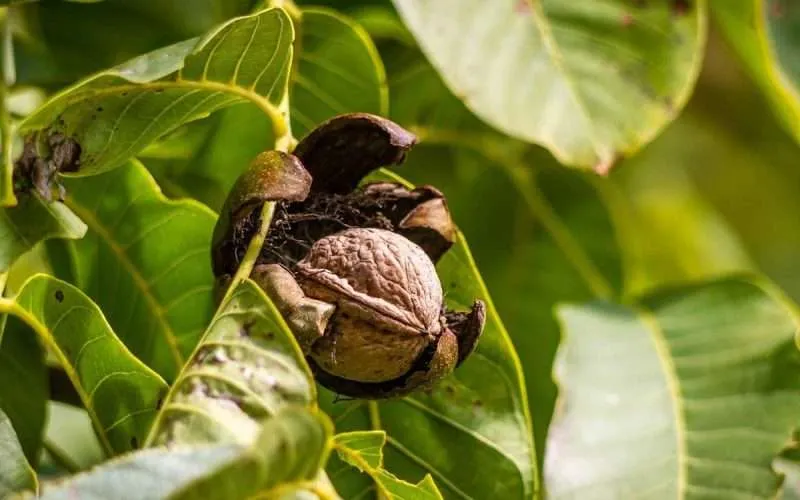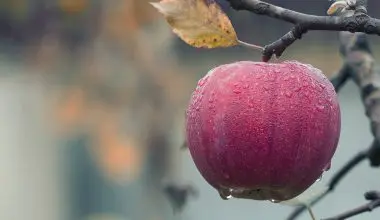Table of Contents Show
An interesting fact regarding walnuts is that the wild black walnuts variety is the only wild nuts variety found in the entirety of the United States. However, even though it is the only wild nut variety, it is still closely related to the English walnut.
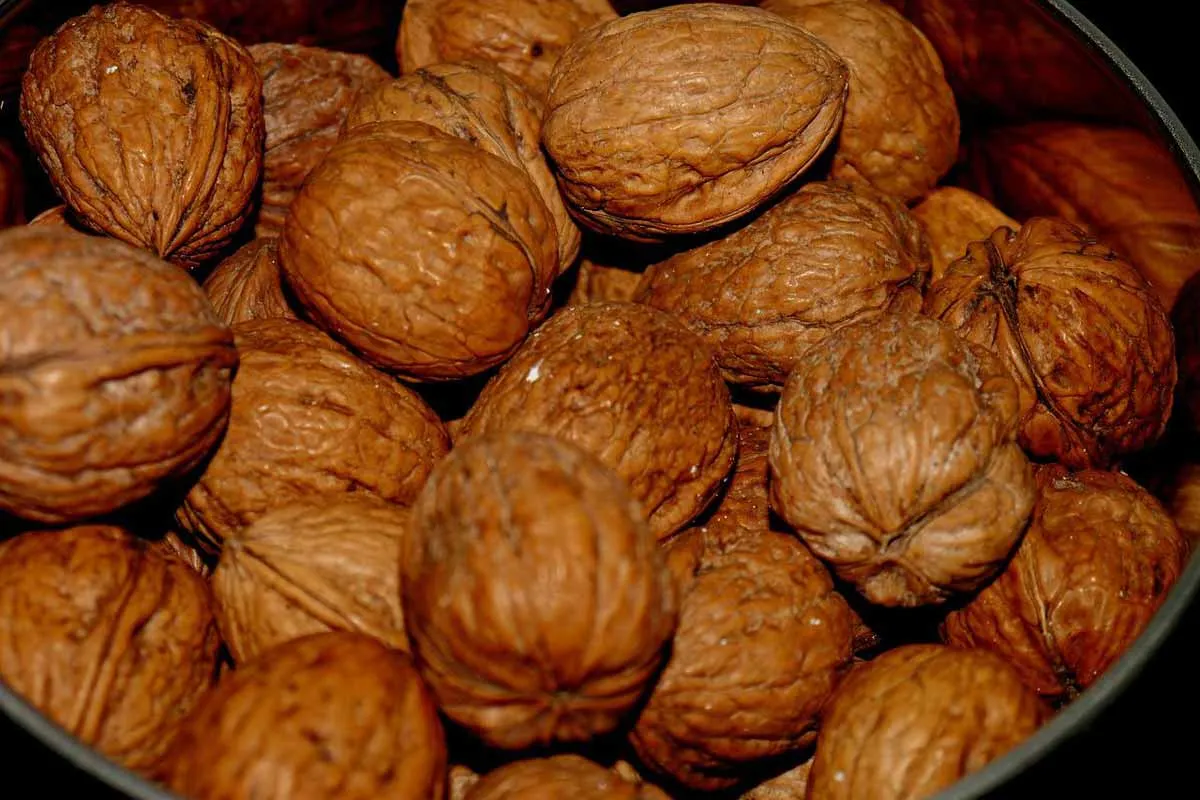
We will explore the key differences that set these two nut trees apart. Although they may be from the same species, they still have key differences that set them apart from each other. The most common difference is the difference in their uses. Both types of walnut trees are used for very different tasks.
The walnut that we normally consume today is known as the English walnut, after the English walnut tree. The black walnut tree, which is distributed throughout North America, is the sole wild nut tree in the United States. The wood of black walnut trees is widely used while English walnuts are usually consumed.
8 Key Differences Between the English and Black Walnut Trees
It can at times be helpful to actually know the differences between the two species of walnut trees. These may include any observable and non observable differences. Knowing what separates the two kinds of nuts is extremely helpful identifying them.
Moreover, knowing which nut tree produces commonly edible nuts may even help you decide which one you would rather grow in your yard. Following are the 8 essential differences between the two walnut trees.
1. Black Walnuts are Wild, While English Walnuts are Grown in Orchards
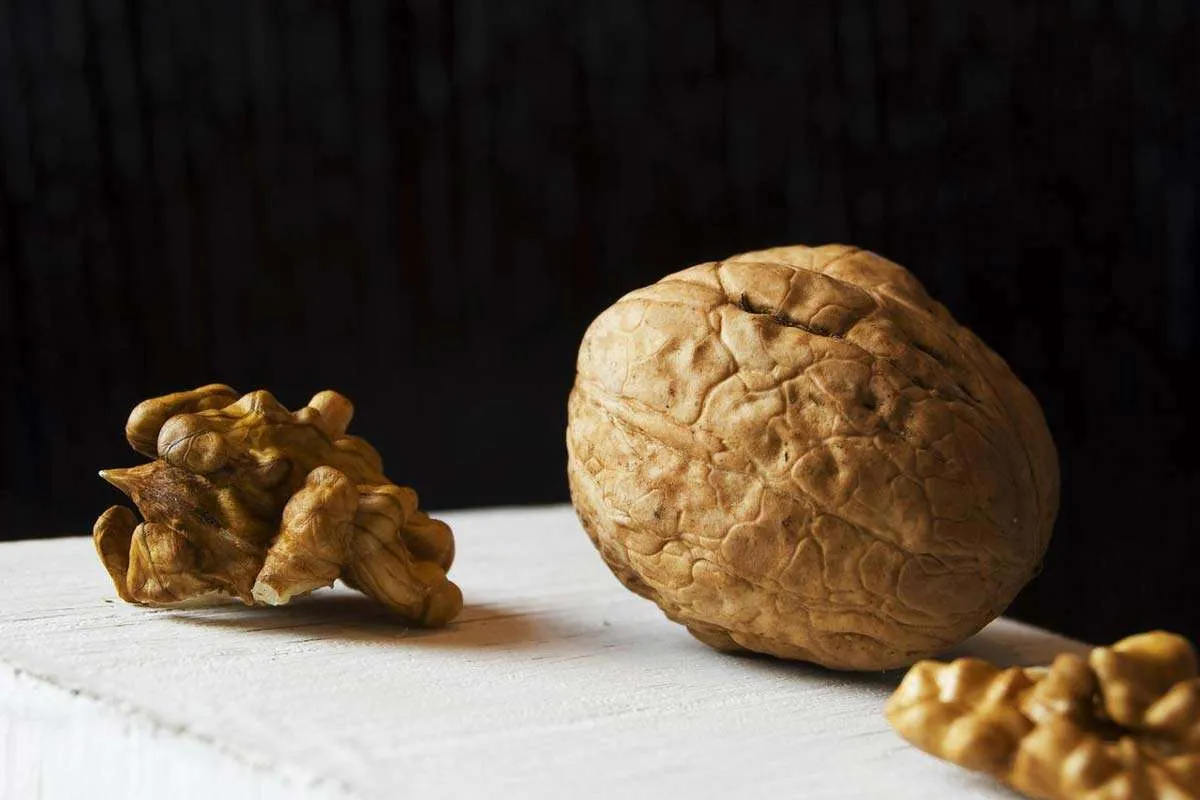
Juglans nigra, or black walnut, is a common tree in the United States. They have enormous husks the size of tennis balls and a similar hue.
The black walnut tree may grow up to 150 feet tall and can commonly reach heights of 75 feet. Black walnut trees were historically employed by Native Americans and European settlers for a number of purposes.
Because black walnuts have a somewhat bitterer flavor than English walnuts, the husks may be used for dyeing; they are utilized for flooring, rifle stocks, and even furniture! The sole wild nut tree in the United States is the black walnut tree.
Black walnuts, like black cherry trees, are considered pioneer species because they thrive in arid conditions. The fact that they are allelopathic, which means that they leak toxins into the ground from their roots, making the surrounding region unsuitable for other plants, also contributes to their success as a wild nut tree.
The English walnut, Juglans regia, originated in Persia, which is now Iran. For several reasons, you can only pick English walnuts in orchards. The English walnut is often used in sweets, baking, oils, and other culinary products due to its exceptionally pleasant flavor.
The English walnut is much easier to open than its sibling, the black walnut, and is what we usually see in stores when we go to buy walnuts. Although often used in cuisine, English walnut is also used in furniture, cabinets, guitars, millwork, and construction.
Walnut trees sure are full of surprises. Walnut wood is resistant to deterioration and warping, shrinks slightly, and is an easy hardwood to deal with.
2. The Hulls of Black Walnut are Stained
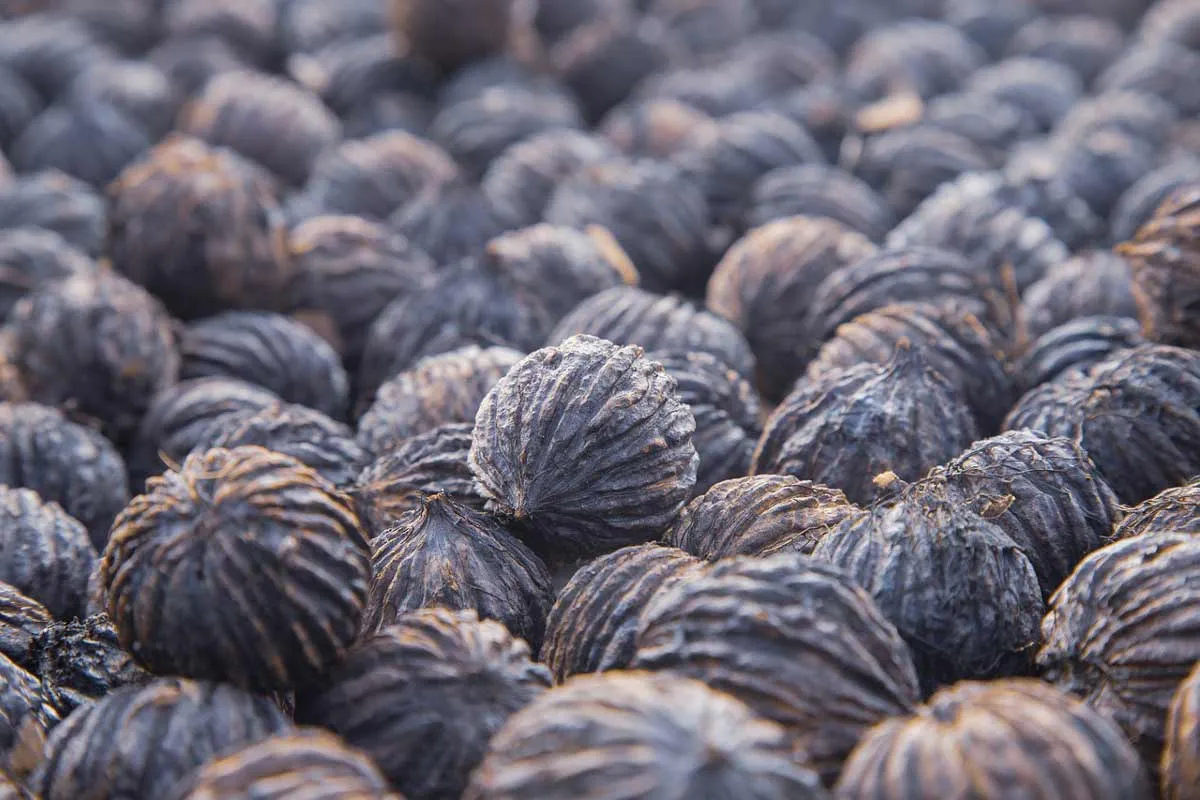
Due to the fact that the black walnut trees are so flexible, it’s no surprise that they’ve been used for so many different things throughout history. This versatile tree has an array of uses. Not only that but most of these uses have a long history attached to them even.
Juglone, found in black walnuts, functions as a mordant for coloring fabrics. This enables for persistent coloring of materials without the usage of other ingredients that would ordinarily allow the dye to adhere to the material.
Other walnut plants produce juglone, albeit far less than black walnut trees. The pigment of black walnuts is derived from the hulls, which encapsulate the fruit or nut. Soaking and boiling black walnut hulls in water releases the color.
Depending on how long the material is immersed in the dye, the neon green tennis ball-sized black walnut hulls generate a tan to black coloured dye on both plant and animal fibers. The dye is so strong that hulls may be preserved and frozen to be used for coloring all year.
In addition, it is not just fabric that is stained by using the black walnut hull. In fact, in addition to fabrics; hulls also stain skin, counters, and sinks.
3. Wild Black Walnuts Have More Protein And Other Nutrients
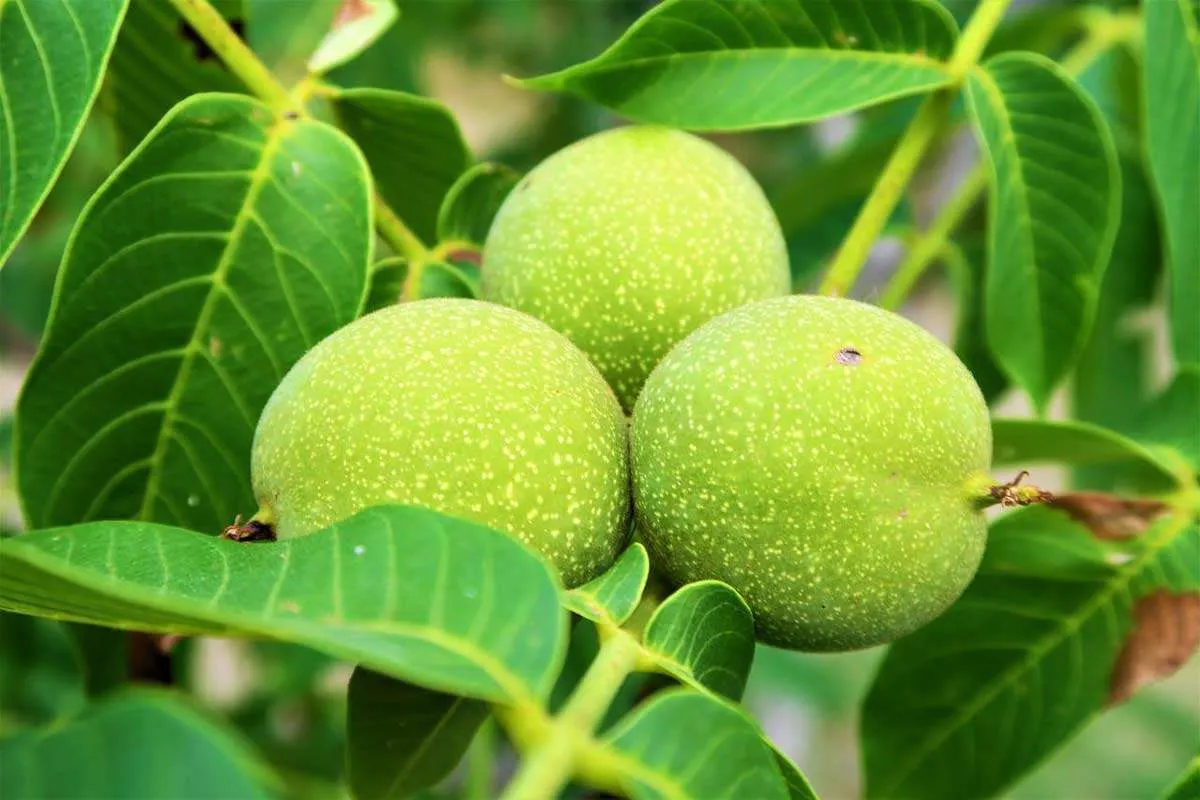
The black walnut has the greatest protein content of any tree nut. They also include a lot of vitamin A, iron, fiber, and antioxidants.
Walnuts are an excellent source of protein, healthy fats, and critical vitamins. This is why they used to be an integral part of the diet amongst natives.
Both English and black walnuts contain plenty of antioxidants and are polyunsaturated fat powerhouses. These nutrients are especially helpful to decrease blood sugar, regulate gut flora, cut cholesterol, and promote cardiovascular health.
Although heavy in fat and calories, black walnuts offer the greatest protein content of any nut, with one cup containing 32 grams of protein and 8 grams of fiber.
Vitamins and minerals found in black walnuts include vitamin E, folates, melatonin, iron, potassium, and magnesium.
English walnuts, on the other hand, offer 16 grams of protein, a greater fat content, and 8 grams of fiber. Furthermore, walnuts are high in vitamin B6, manganese, copper, and folic acid.
While walnuts are heavy in fat, they are abundant in beneficial fats. All walnuts have significant quantities of omega-6 and omega-3 fatty acids. Combined together all these chemicals are extremely beneficial to a person’s health.
4. Black Walnuts Are the Sole Wild Nuts in the States
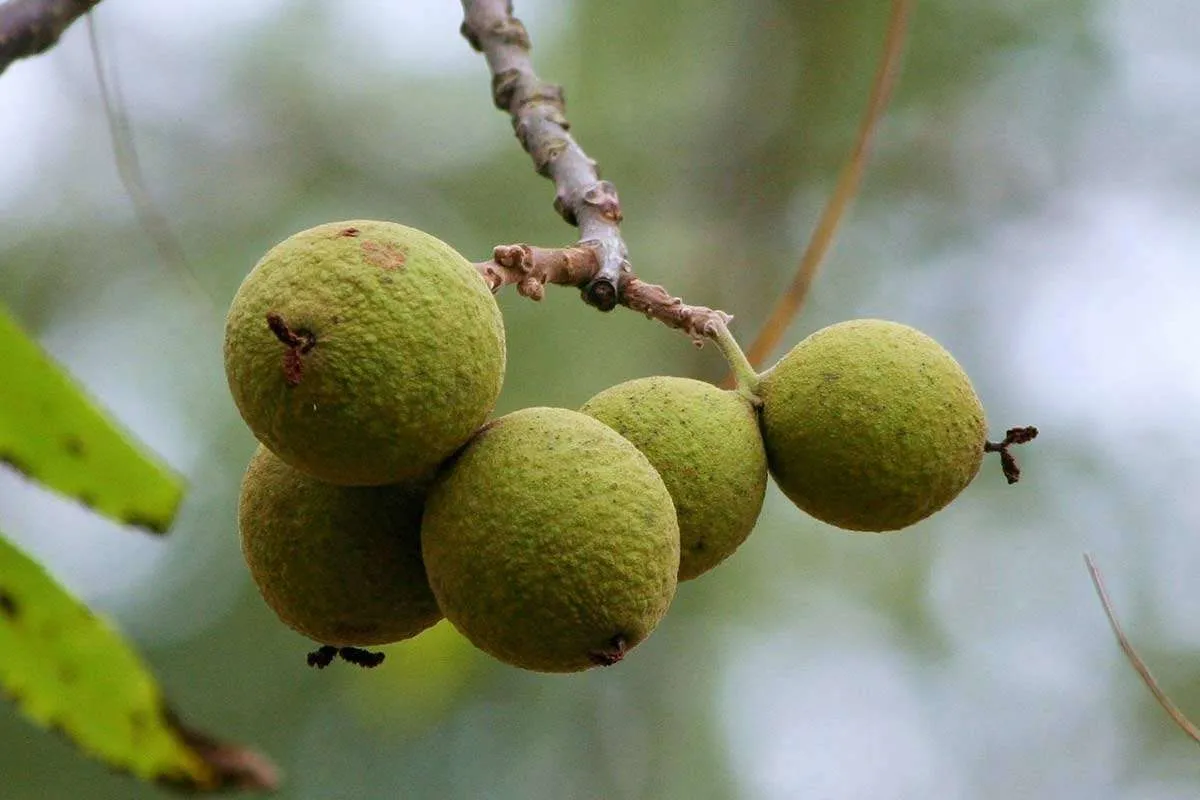
The black walnut tree is native to North America, ranging from Canada to Florida. It grows particularly well in sandy loam or clay soil. Black walnut trees are commonly utilized in building, hardwood flooring, and even sweets and baking.
Missouri accounts for around 65% of all wild harvests each year. Black walnuts are called a pioneer species because they spread like weeds along highways and appear in desolate forest zones as a result of forest fires. Black walnut trees grow quickly in full light and spread rapidly.
Furthermore, the hulls and nuts provide food for the animals that live nearby. Animals then disseminate the walnut seeds via feces, allowing them to spread quickly.
Black walnuts grow swiftly and are allelopathic, which means they generate juglone, a molecule that affects other plants. By releasing juglone into the environment, it hinders the growth of plants that compete with the black walnut.
This biological feature directly leads to their proliferation as the sole wild nut tree in the Northeast of the United States.
5. Black Walnuts Are Grown for Their Wood, While English Walnuts Are Grown for Food
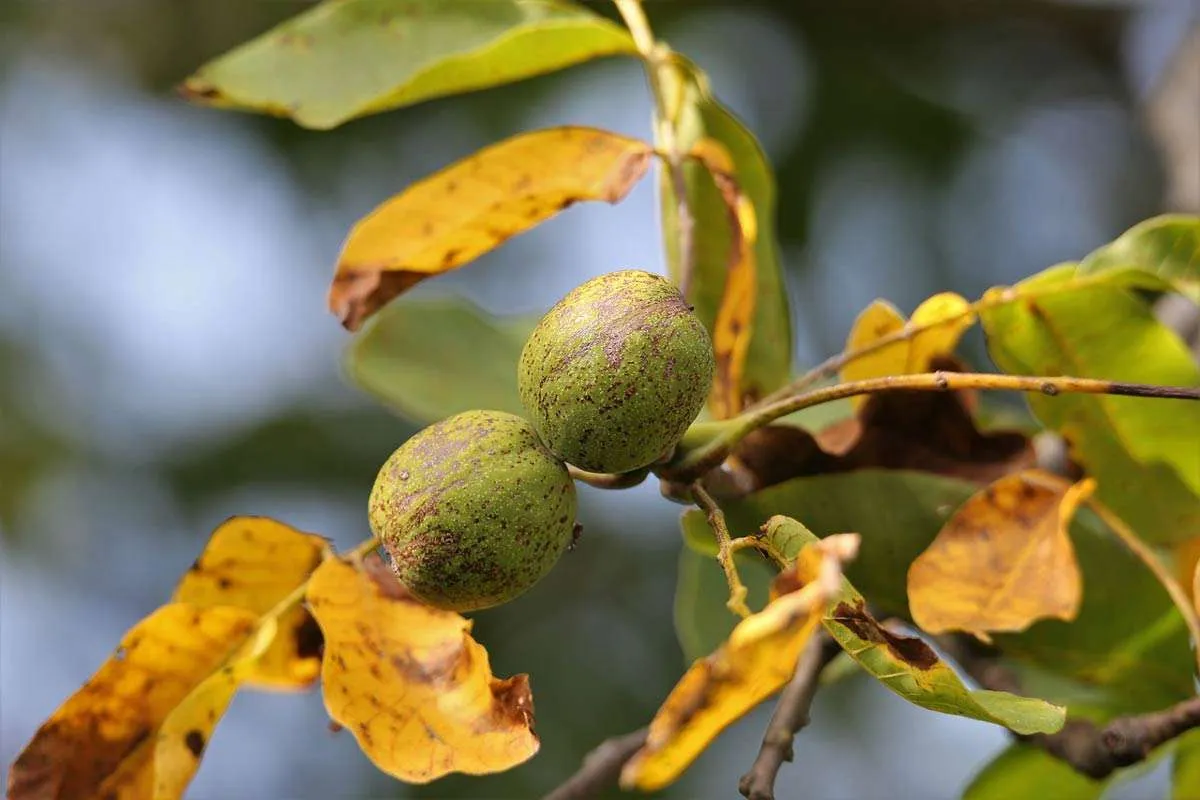
Although black walnuts are very healthy and widely available, they are not the primary source of walnuts in our diet. The walnuts we buy at the shop are usually from English walnut trees.
When opposed to black walnuts, English walnuts have a considerably thinner and more easily broken shell or hull, allowing the fruit to be collected more readily and entire.
Due to the nature of their difficult-to-harvest fruit from hulls, black walnut trees are primarily planted for their wood. Furniture, gunstocks, oars, coffins, and flooring are all made from black walnut wood. The wood has a gorgeous black hue and a surprisingly straight texture.
Due to its hardness and ease of workability, as well as resistance to insects and rot, black walnut is on par with cedar and black locust in terms of value. Due to their use for lumber, black walnut trees grow at a faster rate than English walnut trees.
Although walnut trees are known to chemically repel other plants, they can be companion planted with some crops. The Juglone toxin is secreted by walnut trees. It hinders growth of other plants, just like invasive species do.
Some plants, however, are resistant to this. If you were about to give up on your black walnut tree, here are some juglone-resistant vegetables that you can grow along with your walnut trees:
- Beans
- Beets
- Carrots
- Corn
- Melons
- Onions
- Parsnips
- Squashes
Walnut trees have long been thought to offer therapeutic benefits. Swelling, ulcers, and diarrhea have all been treated with the leaves.
6. Difference In Places of Origin
Eastern North America is home to the black walnut. Black walnuts adapt quickly to a range of conditions and are the first to sprout in burned-out areas and beside roadways, earning them the title of “pioneer species.”
However, the English walnut tree is said to have originated in Persia, modern-day Iran, and was introduced to Greece and the Roman empire. These were originally regarded as royal gifts and referred to as God’s meals.
They were supposed to have been sent to the King of Greece by the King of Persia, which contributed to their global expansion. The English walnut was not grown in the United States until the mid-1700s in California, and it was commercially planted in the mid-1800s.
7. Black Walnuts Have a Hard Shell, While English Walnuts Have a Soft Shell
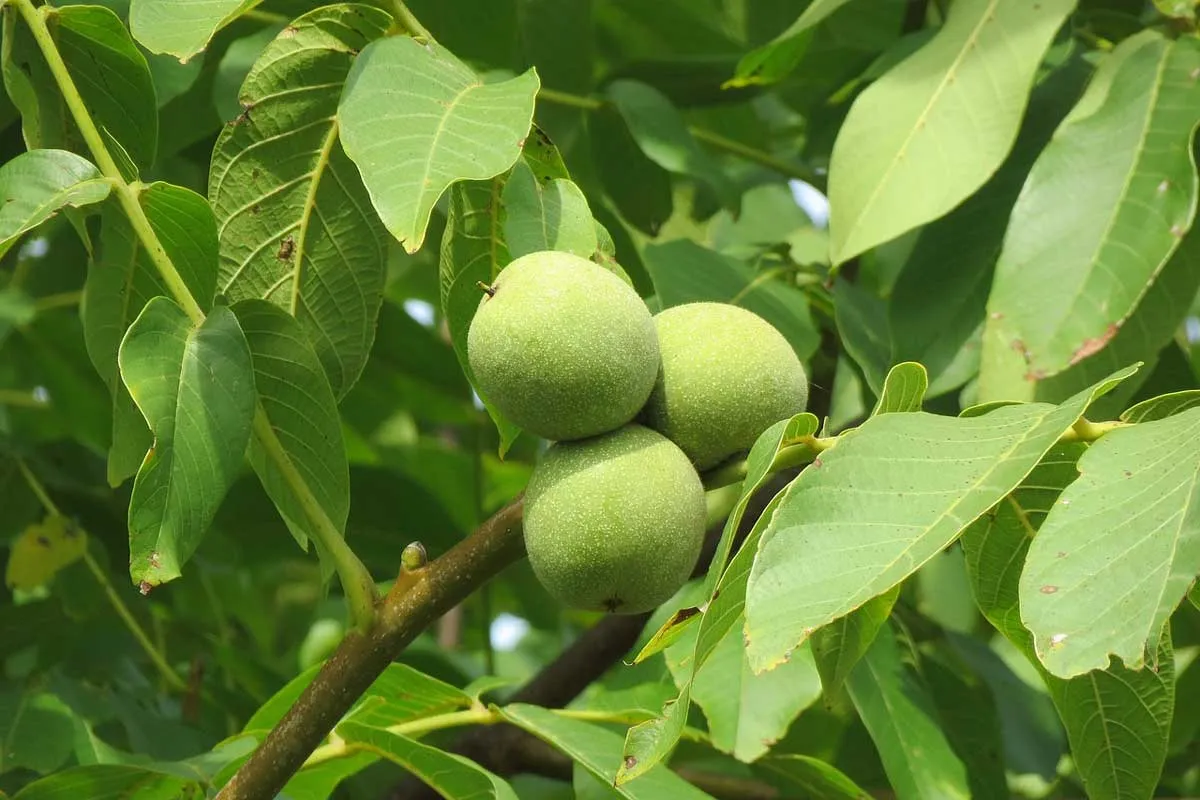
Lime-green and roughly the size of a tennis ball, black walnuts are (in)famously hard and difficult to break. For this reason, breaking them using a hammer on a hard surface could be one option.
A second, often suggested option is to drive your automobile over it. That should certainly do the trick!
Because of their hardness, black walnut shells are frequently used in sandblasting! They are capable of sandblasting ships, smokestacks, and even jet engines!
English walnuts, on the other hand, have a much softer and thinner husk that is much easier to remove than black walnuts. English walnuts can have difficult-to-remove hulls that adhere tightly to the seed, however when compared to black walnut husk removal, the English walnut seems easy!
The nut within the English walnut is easy to extract once the shell has been removed. The flesh of the English walnut may also be picked more readily as a whole. However, harvesting black walnuts whole is quite impossible.
This ease in harvesting the English Walnuts is probably why they are so much more popular. It is also the reason that English walnuts are grown in orchards and sold in grocery stores.
8. Black Walnuts Tower Over English Walnuts
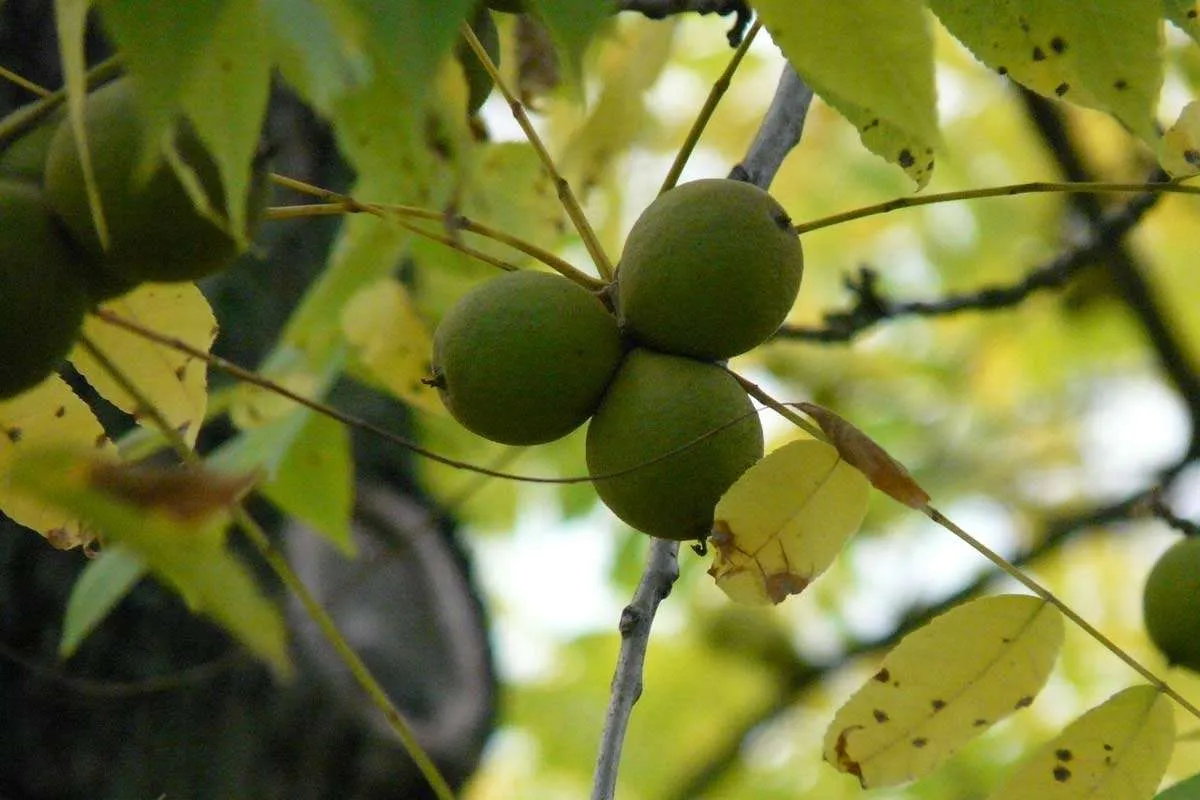
English walnut trees take substantially longer to develop and yield a huge harvest of nuts than black walnut trees. Nuts can begin to be produced in 4-6 years, but it might take up to 20 years for a crop to be gathered.
The black walnut tree is much bigger than the English walnut tree. It can grow to a height of 75-100 feet and spread 75-100 feet wide. The Black Walnut of Virginia tree is currently on the National Register of Champion Trees, with a diameter of 246 inches, a height of 104 feet, and a crown spread of 56 feet!
Although the English walnut tree generally grows to be 40-60 feet tall, Giant Ogden in Utah is the state’s tallest English walnut tree. It was planted more over a century ago and is 85 feet tall with a 223-inch trunk diameter.
